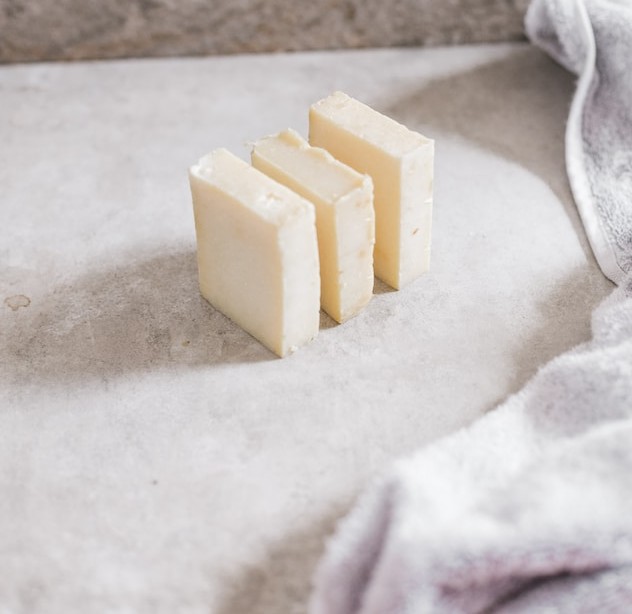Buttery goodness is how we define quality for most baked goods, and with good reason – butter gives pastries that creamy tang, richness, and those incomparable flaky layers. Butter alone is wonderful when baking, but there are a few things you can do to get even more from it. Here are five tricks to make the most of your butter before your next bake.
You know to brown butter to toast sage leaves as a garnish for pasta, or to drizzle on top of a roast, but the technique is essential for baking, too. To make brown butter, simply melt butter in a saucepan over medium-low heat. Cook, stirring occasionally, until butter starts to foam and turn brown, about five to 10 minutes depending on the amount of butter used. The butter will melt and then foam up before it browns. As soon as the butter turns brown and begins to smell nutty, pull it off the heat; the butter will continue to brown, and keeping it on the heat means you risk burning it – one of the cruelest things you can do to butter. If you are browning butter to use in baked goods, transfer it while hot to a heat-proof bowl and chill it so that it solidifies. Recipe developer Hetal Vasavada uses it to build on the nutty flavor of her spiced carrot cake with a brown butter cream cheese frosting. Brown butter takes these Brown Butter Chocolate Chip Cookies to a whole new level. And if you want to do the same for your breakfast, try these Brown Butter Pancakes with Sheet Pan Berry Syrup.
Cream your butter (longer than you think you should)
Your stand mixer or electric hand mixer will whip up softened butter in just minutes. So why do you have to keep mixing for several minutes longer? Creaming butter isn’t just about combining the butter with other ingredients. By whipping or beating the butter for several minutes, you incorporate air into the mixture. Doing this helps ensure that your cookies and cake turn out light and airy. Be sure to stop halfway through the mixing time to scrape down the beaters and the sides of the bowl, so everything is evenly mixed and aerated.
Pinch your butter
When you are mixing pieces of chilled butter into flour to make a pie crust, toss the butter with the flour, then use your thumb and index finger to pinch each piece flat. You can also use the heel of your hand to (quickly!) smash the butter into long, flat sheets of butter. These shards of butter will result in an extra-flaky crust.
Freeze and grate your butter
Another technique for your butter when you want the best biscuits and scones is to start with grated frozen butter. Most biscuit recipes have you dice chilled butter and then use two forks or a pastry cutter to mix it with flour. It’s important to work quickly, so the butter doesn’t soften before it hits the oven; when butter melts in the oven, it helps create those flakey layers that make biscuits so memorable. Take a cue from Carla Hall’s biscuit recipe and make this task even easier by grating frozen or chilled butter on the largest holes of a grater and letting them fall right into the flour mixture. Then all you have to do is mix the butter flakes into your flour. You’ll have light, flaky biscuits in no time.
Infuse your butter with flavor before you bake
Finally, if you want one more way to take your holiday cookie recipes to new heights, infuse some flavor into the butter before you mix the dough. “If you want to add a personal touch, remember fat is the best vehicle for flavor,” says Rochelle Cooper, pastry chef at The Duck & The Peach in Washington, D.C. “I have even blanched a little fresh mint, blended with the butter and then mix it with some cold butter to re-emulsify it and made bright green mint cookies.”
This article was written by Chandra Ram and Staff Author from Food & Wine and was legally licensed through the Industry Dive Content Marketplace. Please direct all licensing questions to legal@industrydive.com.







